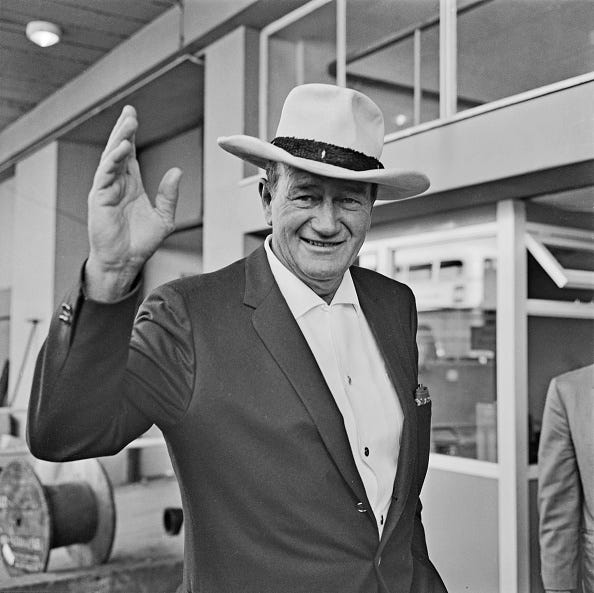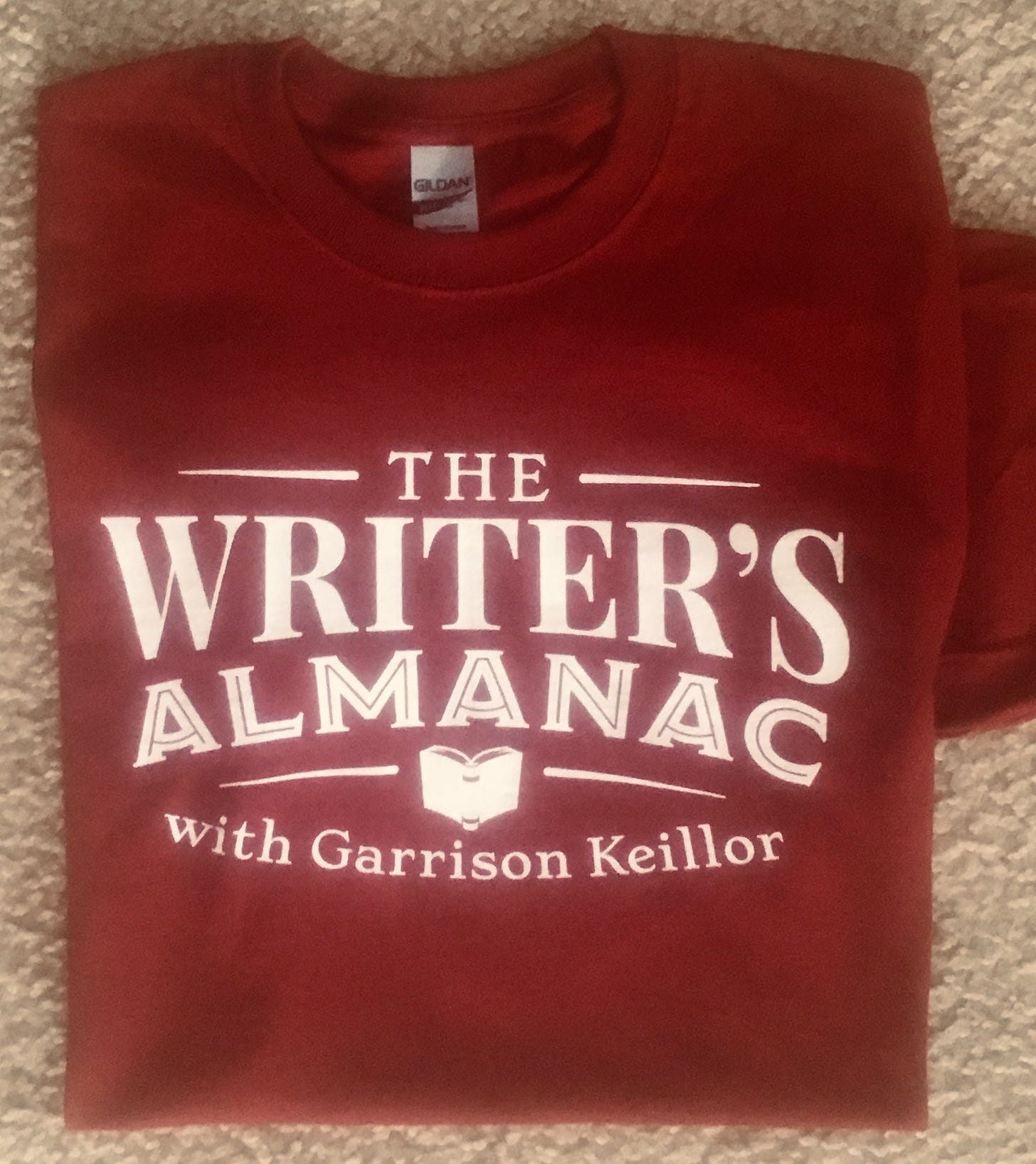The Writer's Almanac from Sunday, May 26, 2013
"#505" by Emily Dickinson. Public Domain.
ORIGINAL TEXT AND AUDIO - 2013
It's the birthday of documentary photographer Dorothea Lange, born Dorothea Margaretta Nutzhorn in Hoboken, New Jersey, in 1895. She contracted polio when she was seven, and developed a permanent limp as a result. When she was 12, her father abandoned the family, so she dropped her middle name and adopted her mother's maiden name. She studied photography at Columbia University, and then in 1918 she began to travel, selling her photographs as she went. She ran out of money by the time she got to San Francisco, so she settled there, opened a photography studio, and made a good living shooting portraits of the Bay Area's upper class.
She began taking photographs of men on breadlines, striking workers, and the homeless during the Great Depression, to call attention to their plight, and she did indeed attract the attention of other local photographers. She was hired by the Resettlement Administration, which would later become the Farm Security Administration, to document the displacement of American farmers during the Dust Bowl years, and it's her photo, "Migrant Mother, Nipoma, California, 1936" that is her most famous. Her camera gave us a vivid visual memory of the Great Depression even if we weren't around to experience it.
She was hired by the War Relocation Authority during World War II to document the internment of Japanese Americans, but when she photographed Japanese-American children saying the Pledge of Allegiance shortly before they were sent to the camps, the Army felt the photographs were too critical of U.S. policy, and they were impounded.
She said: "One should really use the camera as though tomorrow you'd be stricken blind. To live a visual life is an enormous undertaking, practically unattainable. I have only touched it, just touched it."
It's the birthday of John Wayne, born Marion Morrison in Winterset, Iowa, in 1907. He grew up in Southern California and earned his famous nickname, "Duke," as a child; he was never seen without his Airedale dog, Duke, and people began calling him "Little Duke." He liked the name better than Marion, and it stuck. His first on-screen film credit was as "Duke Morrison."
He broke into the film business via the prop department, as a scenery mover, and befriended director John Ford, who started giving him bit parts in his movies. His first starring role came courtesy of Raoul Walsh, and his screen name came from a discussion between Walsh and a studio executive; Duke wasn't even there when the decision to call him "John Wayne" was made, and never could get used to the name "John." Walsh cast him as the lead in The Big Trail (1930), but it was in Ford's Stagecoach (1939) that he became a star. His 50-year relationship with Ford produced some of his best work: including the "cavalry series" of Fort Apache (1948), She Wore a Yellow Ribbon (1949), and Rio Grande (1950), and Ford's post-war — and more disillusioned — films The Searchers (1956) and The Man Who Shot Liberty Valance (1962). Their personal views on politics grew further and further apart, especially during the McCarthy era — Wayne supported the House Un-American Activities Committee, and Ford spoke out against it — and the friends had to agree to disagree and leave it out of their conversations.
With director Howard Hawks, he made Rio Bravo (1959), prompted by his and Hawks' outrage over High Noon (1952). Both men felt High Noon was un-American and its characters cowards, so they retold the story of a town under siege by outlaws in a way that was more to their liking. It proved so popular that they remade it twice: as El Dorado (1967) and Rio Lobo (1970).
It's widely reported that the Republican Party approached Wayne in 1968 to try to convince him to run for president. He declined, scoffing that voters would never put an actor in the White House. He gave a controversial interview to Playboy in 1971, saying, among other things, "Our so-called stealing of this country was just a question of survival. There were great numbers of people who needed new land, and the Indians were selfishly trying to keep it for themselves," and "I believe in white supremacy until blacks are educated to a point of responsibility. I don't believe in giving authority and positions of leadership to irresponsible people." The article also yielded his epitaph, after he died of stomach cancer in 1979: "Tomorrow is the most important thing in life. Comes into us at midnight very clean. It's perfect when it arrives and it puts itself into our hands. It hopes we've learned something from yesterday."
It's the birthday of jazz trumpeter, bandleader, and composer Miles Davis (1926). He was born in Alton, Illinois, and grew up in East Saint Louis. His family was fairly well off, a fact he liked to remind people of, since they tended to assume he came from poverty. His dad was a dental surgeon, and they also had a ranch in Arkansas, where young Miles learned to ride horses. He moved to New York in 1944 to study at the Institute of Musical Art, which is now Juilliard. His true schooling, though, came by way of jam sessions with Charlie Parker and Dizzy Gillespie, and when Gillespie and Parker parted ways, Davis filled Gillespie's vacancy in Parker's band.
Always an innovator, Davis formed a nine-piece ensemble in the late 1940s that included a tuba and a French horn; their aim was to recreate the smooth sound of the human voice, and their album Birth of the Cool (1956) heralded the beginning of the "cool jazz" movement. Though it was historically important, it was a commercial failure, and Davis resented the success of later musicians — mostly white — who enjoyed success under the cool jazz banner.
He developed a heroin habit in the early '50s, due partly to the company he kept and partly to depression over romantic troubles and his lack of critical acclaim. He finally beat the habit in 1954, after locking himself in his room at his father's house until he had come through the difficult withdrawal symptoms. But he was also musically productive during those years, developing a "hard bop" style. He wrapped up the 1950s by releasing one of the most celebrated jazz albums in history, Kind of Blue (1959), which was based on modal scales rather than chords, and was more melodic than some of his earlier work.
In the late 1960s, Davis began introducing some electric guitar and piano into his records, inspired in part by Jimi Hendrix and James Brown. He cut what some consider his last pure jazz album, In a Silent Way, in 1969, and then moved increasingly toward funk and rock 'n' roll; his jazz-rock fusion double album Bitches Brew (1970) was hugely successful — his first gold record — and won him a lot of new fans even as it alienated his old ones. He was the first jazz musician to be featured on the cover of Rolling Stone, and he began opening for rock acts like the Grateful Dead, Santana, and Neil Young.
He broke both ankles in a car accident in 1972, which slowed him down, and checked out of public life altogether in 1975, ill and exhausted and battling a cocaine addiction. There was a three-year period where he didn't play his trumpet at all, and it took some time to get his chops back when he returned to music in the early '80s. This time he surprised the critics and fans alike by taking an interest in British New Wave music. He died of pneumonia and a stroke in 1991.
Be well, do good work, and keep in touch.®






John Wayne fought WW2 from Hollywood while Jimmy Stewart was in the cockpit of a B17 over Germany. And Wayne is the symbol of macho valor?